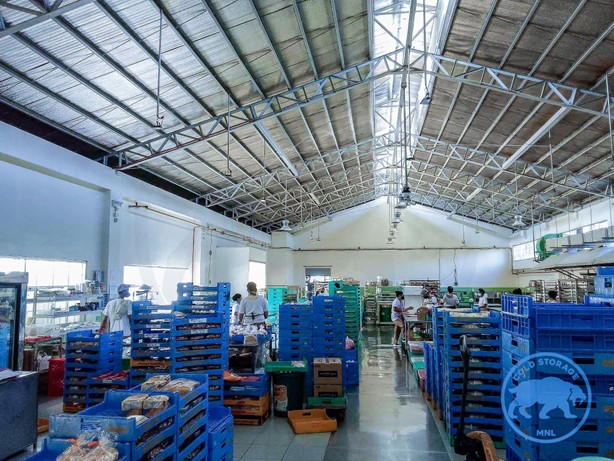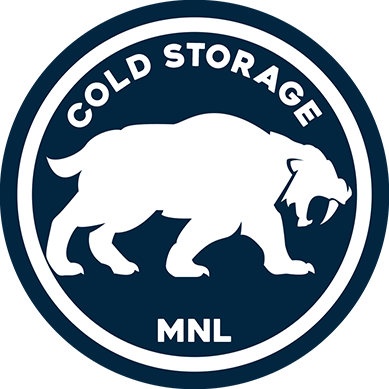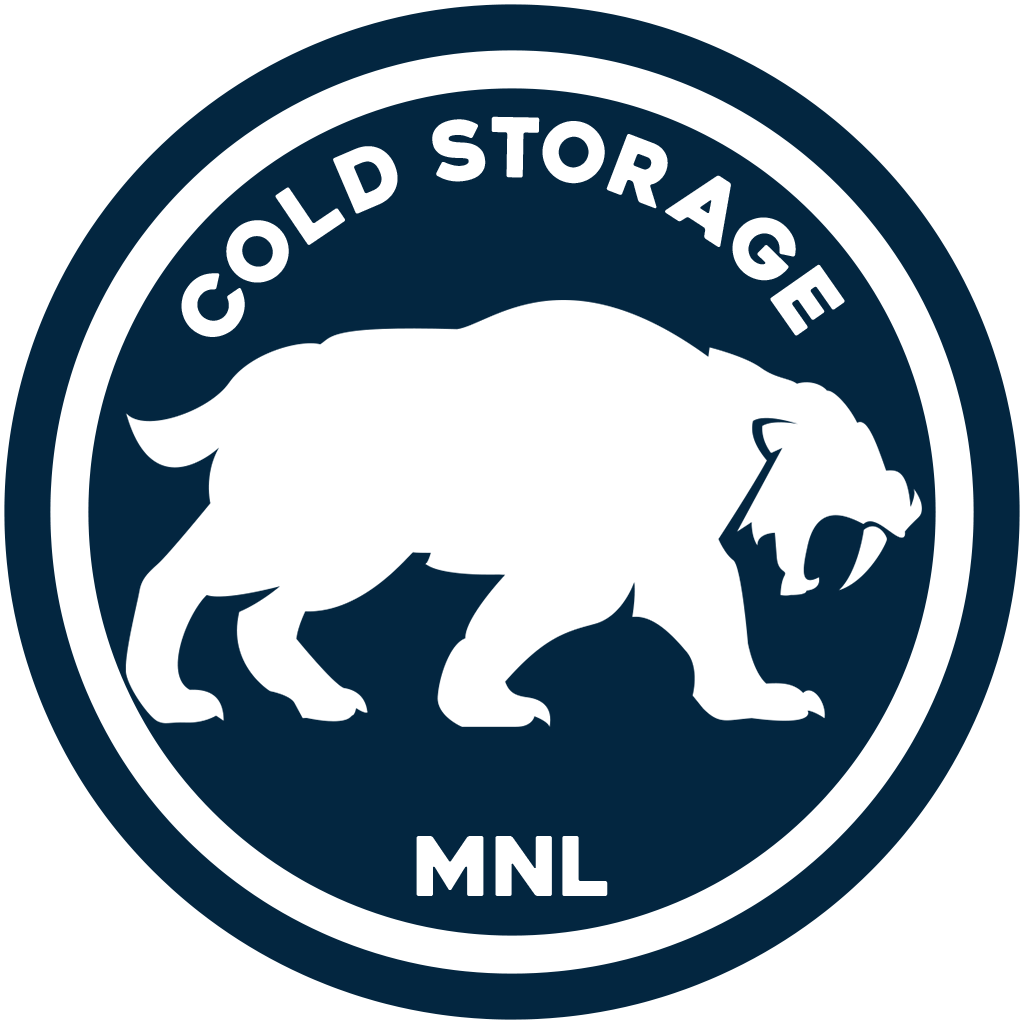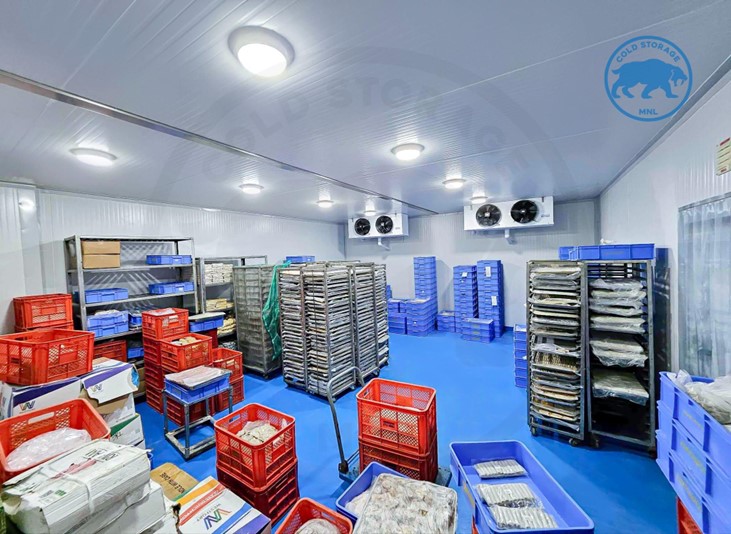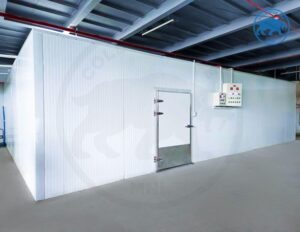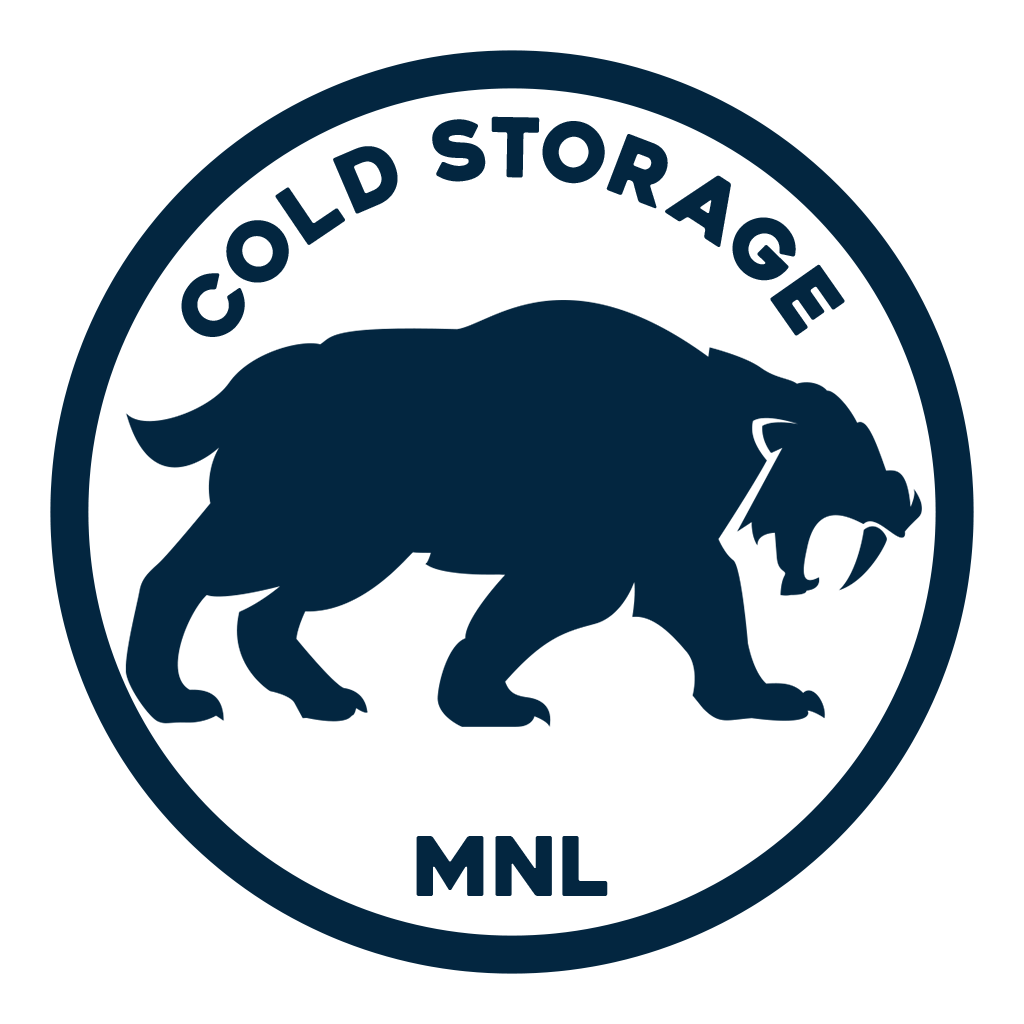In the world of cold storage, safety is more than just a compliance requirement—it’s a commitment to maintaining product integrity, customer trust, and operational excellence. Businesses across industries, from food and beverage to pharmaceuticals, rely on cold storage facilities to preserve their goods and meet stringent regulatory standards. Here, we explore the key cold storage safety standards and how they protect both products and customers.
The Importance of Cold Storage Safety Standards
Cold storage facilities play a critical role in maintaining the quality and safety of temperature-sensitive products. Without proper safety protocols, businesses risk:
- Product Spoilage: Leading to financial losses and reputational
- Health Risks: Compromised products can pose serious health hazards to
- Regulatory Non-Compliance: Resulting in fines, recalls, and operational
By adhering to rigorous safety standards, cold storage providers ensure that goods remain in optimal condition from storage to delivery.
Key Cold Storage Safety Standards
1. Temperature Control
Maintaining precise temperature ranges is the cornerstone of cold storage safety. Facilities should:
- Use automated monitoring systems to ensure consistent
- Conduct regular temperature checks and log data for
- Implement backup systems to prevent temperature fluctuations during power
2. HACCP (Hazard Analysis and Critical Control Points)
HACCP is an internationally recognized system for managing food safety risks. It involves:
- Identifying potential hazards at every stage of
- Establishing critical control points to mitigate
- Continuously monitoring and documenting safety
3. Sanitation and Hygiene
Cleanliness is crucial to preventing contamination and maintaining product integrity. Cold storage facilities must:
- Perform regular cleaning and disinfection of storage areas and
- Enforce strict hygiene protocols for staff, such as using protective clothing and sanitization stations.
- Monitor for pest control to avoid
4. Product Segregation
Proper organization and segregation of goods are essential to prevent cross-contamination. Facilities should:
- Store incompatible products in separate zones (e.g., raw and cooked foods).
- Label items clearly for easy identification and
- Maintain FIFO (First In, First Out) systems to reduce
5. Regulatory Compliance
Cold storage providers must adhere to local and international regulations, including:
- FDA (Food and Drug Administration) standards for food
- GMP (Good Manufacturing Practices) for pharmaceutical
- ISO certifications for quality management and environmental
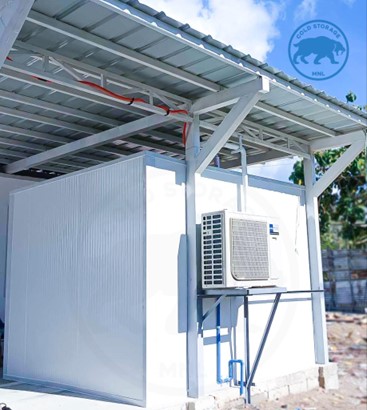
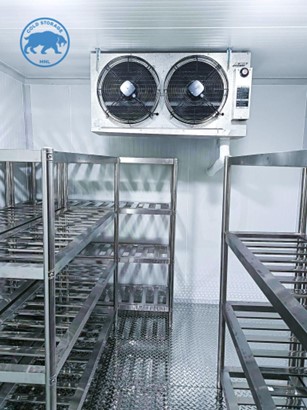
Technologies Enhancing Cold Storage Safety
Modern technology plays a pivotal role in upholding safety standards. Key innovations include:
- IoT Sensors: Real-time monitoring of temperature, humidity, and other environmental
- AI-Driven Analytics: Predictive maintenance and early detection of potential system
- Automated Systems: For inventory tracking and temperature
- Blockchain Technology: Enhancing traceability and transparency in the supply
The Role of Training in Cold Storage Safety
Even the most advanced facilities rely on well-trained personnel to ensure safety. Staff should receive:
- Regular training on safety protocols and equipment
- Emergency response drills for situations like power outages or contamination
- Updates on regulatory changes to maintain compliance.
Protecting Customers Through Safety Standards
By prioritizing safety, cold storage facilities protect not only products but also the end consumers. Benefits include:
- Reduced Health Risks: Ensuring products remain safe for consumption or
- Enhanced Trust: Demonstrating a commitment to quality and
- Sustainability: Minimizing waste through proper handling and
Conclusion
Cold storage safety standards are essential for preserving product quality, protecting customers, and maintaining regulatory compliance. From temperature control and hygiene to cutting-edge technology, these protocols form the backbone of a reliable cold storage operation. By investing in safety, businesses can build trust, reduce risks, and ensure long-term success in a competitive market.
When choosing a cold storage provider, prioritize those that uphold these rigorous standards. It’s not just about storing products—it’s about safeguarding the trust and wellbeing of your customers.
